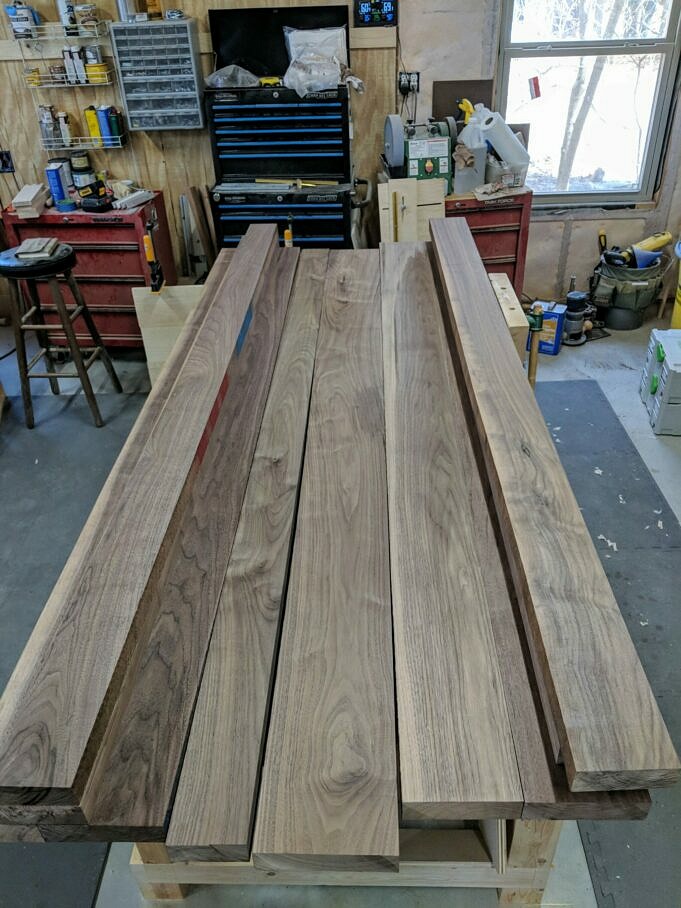Choose your own styles and techniques: simple, advanced, or somewhere in-between.
Pages 50-53
In furniture, the term trestle historically referred to a pair of diverging legs wide enough to be self-supporting, and joined at their upper end, sometimes by hinges. A table is made up of two or more trestles that support a large board. They can be folded up and moved easily.
The trestle table has a long history. Six hundred years ago in Europe, when only the rich had valuable furniture and carried it around with them from one castle to the next, portability was of prime importance. Large and relatively immobile tables would have been out of the question. Although times may seem more secure, it is still possible to transport a table easily and disassemble it.
Today, however the term “trestle table” is used to describe a table that’s supported by two trestles or four corner legs. Instead, it refers to a table that’s supported by two horizontal beams or stretchers, which are often held in place with wedged mortises. This base supports the tabletop.
In this article I discuss two different trestle table designs one small and very basic; the other large and more advanced. The first design could be used as an entry or side table. The larger would make a fitting dining table or, if outfitted with drawers, a desk. As you design and build your own, feel free to mix and match the two to design a table that suits your needs.
Trestle tables can be used for small or large tables. Two uprights, a stretcher, and a tabletop are all that’s really required. The uprights must, of course, be tall enough to support the tabletop at the required height, broad enough at the base to provide sufficient stability for the size desired and wide enough at the top to provide adequate connection for the tabletop.
The stretcher connecting the two supports must be removed if you want to retain the knock-down function a true trestletable. However, fixed stretchers, such as the one shown in the first example, are not uncommon.
From the Top down This top can be made of one board or several pieces that are glued together using edge joints. The gently curved ends of the top shown above at right echo the curved shape of the foot part of the uprights. Because the material used for this table is 1110 cm thick, the lower edge of the top has been beveled to leave a 310 cm-thick face all around in order to lighten the look.
#203, April 2013, issue
Get this issue now
Product Recommendations
Here are some supplies and tools we find essential in our everyday work around the shop. Although we may be compensated for sales made through our links, these products have been carefully chosen for their utility and quality.



